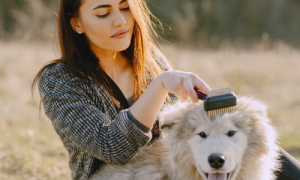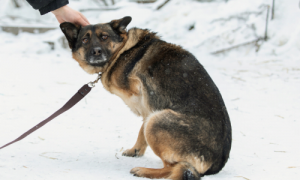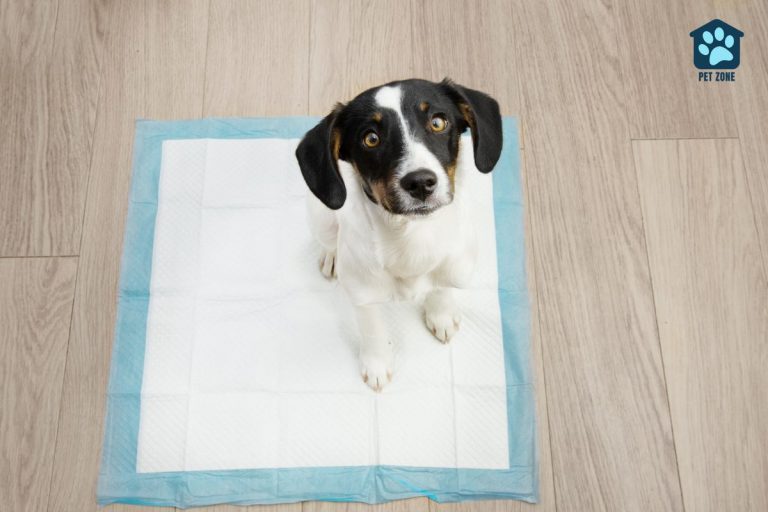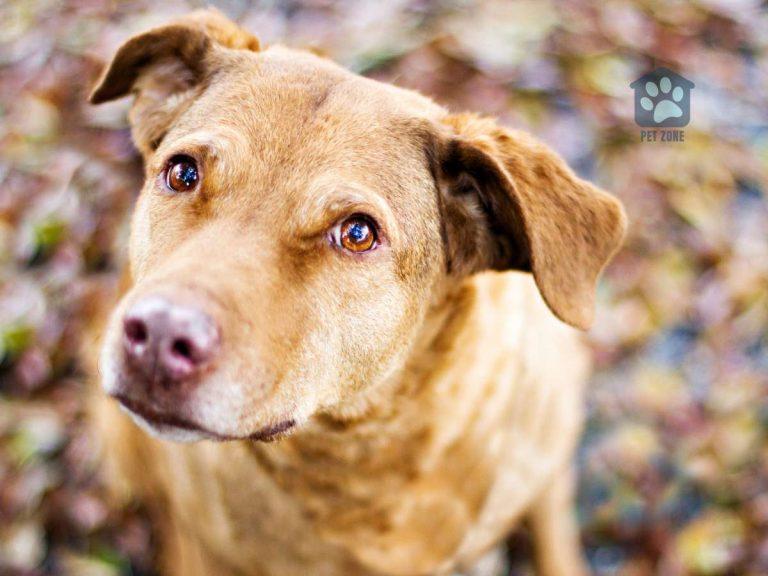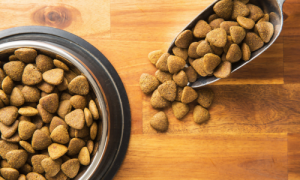Estimated reading time: 4 minutes
As a dog owner, it’s natural to be concerned when your furry friend suddenly loses interest in their regular food. You might find yourself asking, “Why is my dog not eating his food but will eat treats?” It can be both confusing and worrisome. However, don’t fret! There are many possible reasons for this behavior, and most of them are relatively easy to address. In this article, we’ll explore common causes for this issue and offer practical solutions to help get your dog back on track with their eating habits.
Picky Eating Habits
Some dogs can be picky eaters, just like humans. If your dog is eating treats but not their regular food, they might have developed a preference for the taste or texture of those treats.
Solution: To encourage your dog to eat their regular food, try mixing in a small amount of the treat with their meal. Gradually reduce the treat portion over time until your dog is eating only their regular food. You can also experiment with different types of dog food or add some healthy toppers like boiled chicken or vegetables to make their meals more appealing.
Spoiled by Treats
Feeding your dog too many treats can inadvertently train them to refuse their regular food. Dogs are smart creatures and will quickly learn that if they hold out on their regular meals, they might get more treats instead.
Solution: Limit the number of treats you give your dog and ensure you’re not overfeeding them. Treats should only make up about 10% of their daily caloric intake. Stick to a routine feeding schedule and avoid giving in to their begging behavior.
Dental Issues
If your dog is not eating his food but will eat treats, it could be due to dental pain. Treats are often softer and easier to chew than kibble, so your dog might be avoiding their regular food because it causes them discomfort.
Solution: Inspect your dog’s mouth for any signs of dental problems such as swollen gums, bad breath, or loose teeth. If you suspect a dental issue, schedule an appointment with your veterinarian for an examination and treatment.
Change in Environment or Routine
Dogs can be sensitive to changes in their environment or daily routine. If you’ve recently moved, had a change in household members, or altered their feeding schedule, your dog might be feeling stressed or anxious, which can affect their appetite.
Solution: Give your dog time to adjust to the changes and maintain a consistent routine as much as possible. You can also try providing a safe, quiet space for your dog to eat, away from any distractions or stressors.
Medical Concerns
In some cases, a dog’s refusal to eat their regular food might indicate an underlying medical issue. This can range from gastrointestinal problems to more serious conditions like kidney or liver disease.
Solution: If your dog continues to avoid their food despite trying the above strategies, it’s crucial to consult your veterinarian. They can perform a thorough examination and run tests to rule out any medical concerns.
Food Quality or Freshness
Dogs have a keen sense of smell and can detect when their food is stale or spoiled. If your dog is not eating his food but will eat treats, it could be because their regular food has gone bad or lost its appeal.
Solution: Check the expiration date on your dog’s food and ensure it’s stored properly in a cool, dry place. Consider switching to a higher-quality dog food with natural ingredients, which may be more palatable to your dog.
Anxiety or Emotional Issues
Dogs, like humans, can experience anxiety or emotional distress that may affect their appetite. Situations that could cause stress in your dog include separation anxiety, loud noises (such as thunderstorms or fireworks), or even conflicts between pets in the household.
When your dog is not eating his food but will eat treats, their anxiety could be causing them to seek comfort in the form of treats.
Solution: Identifying the source of your dog’s anxiety is the first step in addressing this issue. To help your dog feel more at ease, you can create a calm and secure environment for them during mealtimes.
Using a consistent routine, playing calming music, or providing a safe space with their favorite toys or bed can help alleviate their stress.
If your dog’s anxiety persists or worsens, it may be beneficial to consult with a veterinarian or a certified animal behaviorist to explore additional solutions or therapies.
Final Thoughts
Remember, your dog’s eating habits can be an indicator of their overall health and well-being. By closely monitoring their behavior and making necessary changes, you can ensure that your dog remains happy, healthy, and well-fed.
If you’re ever in doubt or concerned about your dog’s health, don’t hesitate to consult your veterinarian for professional advice and guidance. Your furry friend is relying on you to provide the best care possible, so stay vigilant and proactive when it comes to their diet and nutrition.
As an Amazon Associate I earn from qualifying purchases.




